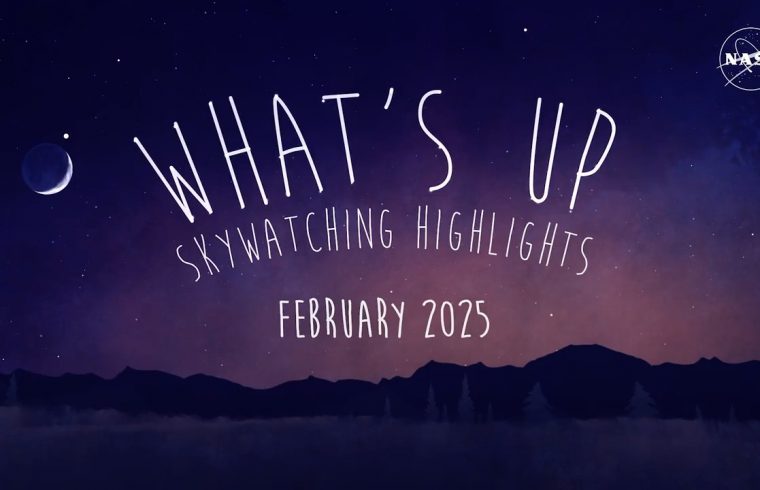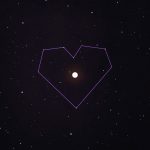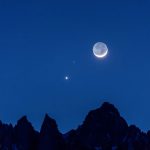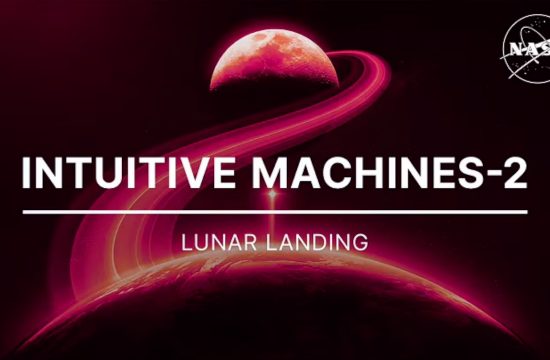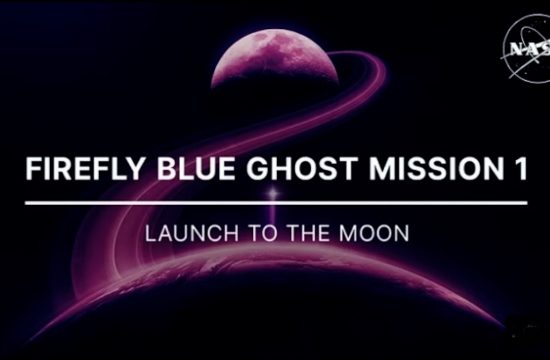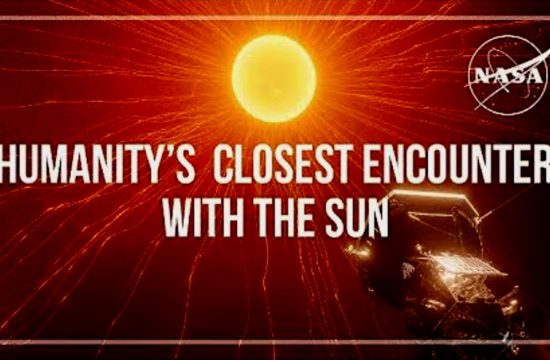A Month of Bright Planets – February 2025 skywatching tips from NASA
A `Month of Bright Planets
Venus blazes at its brightest in the early evening, despite being only a slim crescent through the telescope eyepiece.
Mars and Jupiter to rule the night sky after Venus sets, amid the menagerie of bright winter stars in Orion, Taurus, and Gemini. And enhance your astronomy IQ by knowing the difference between a conjunction and an appulse.
February is a month for love, so what better time to spotlight Venus, which is associated with the Roman goddess of love? Watch the video to learn more.
Additional information about topics covered in this episode of What’s Up, along with still images from the video, and the video transcript, are available at https://science.nasa.gov/skywatching/whats-up
More
Astronomers sometimes get picky about their terminology. For instance, the apparent close approaches of objects on the sky, like two planets, or the Moon and a planet, are commonly called “conjunctions,” and we often use that term in this video series.
However, most of the time, the technically correct term is an “appulse.” Conjunctions technically occur when two objects have the same right ascension, and they don’t have to appear close together in the sky. (Right ascension is a way of indicating where an object is along the sky from east to west, similar to how we measure longitude on Earth’s surface.)
Connect with us
Subscribe for latest videos and live streams
On the go – key in ynuk.tv
Your reaction – drop by our comment box
https://www.facebook.com/YNUKtv
https://x.com/YourNewsUKtv
https://www.instagram.com/yournewsuktv
https://www.youtube.com/@ynuktv
https://bsky.app/profile/yournewsuktv.bsky.social

